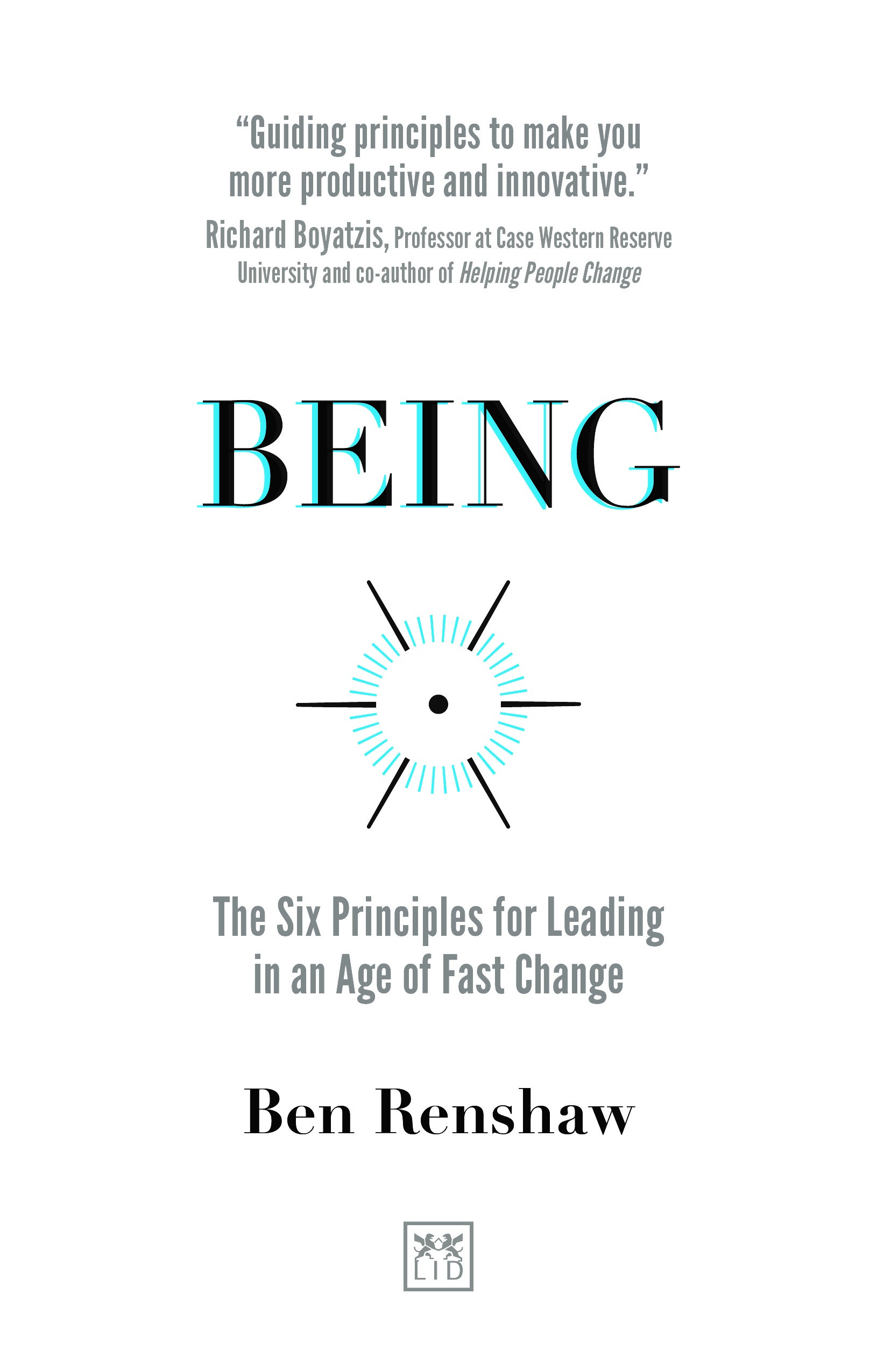When I opened the envelope with this book in for review, and I saw the strapline on the back cover, I thought I am going to like this book;
Human beings, not human doings.
This is a phrase I use a lot, to remind myself more than anyone that slowing down is our natural state of mind. Slow down to go faster is another favourite, but back to the book!
I opened the book and it fell to the six principles on page 4 – I love a book that gets straight in there and does what it says it will. The principles are being humble, being present, being adaptable, being connected, being curious and being inspired. They seem so obvious to leading in an age of fast change (as mentioned in the subtitle), yet, are they?
Renshaw takes us through the six principles in six sections of the book. Each section is clearly set out with three chapter, and littered with heaps of real life stories and a takeaways box at the end of each chapter. I am not a person that reads a book cover to cover from the beginning. I like to bob around to what interests me. The clear structure to this book is helpful for this, and the book is succinct so easy to pick up and put down in this way. It reads a little like a series of blogs, which makes it very easily accessible.
There is no index however, which I found odd, and on occasion a little frustrating as I wanted to check in on topics across chapters. Without an index, it does feel like the reader is being encouraged to read cover to cover, which perhaps was the author’s intent as each chapter builds a fuller picture of the section. I was curious as to why the chapter entitled ‘Put purpose first’ was indeed the last chapter, however when you read from the beginning to that point it makes perfect sense being at the end. The structure leads you to this; you need to have put in the personal work to lead you to a place of readiness for the purposeful work encouraged by the book.
There is a lot of take in throughout this book; I found I needed to take it a section at a time and really put some personal thought into what I had read. I was particularly drawn to the chapter on ‘Accelerating growth’, as I work in learning and development so I was curious as to what the author would point us towards. It was disappointing, to be honest, to see nothing new there, but I guess this is not an L&D book, rather a self-help book. I was though particularly surprised to see an explanation of learning styles, given they have been debunked as nonsense years ago and have no integrity in the L&D world. To his credit, the author also talks of more credible theories in that chapter, such as Carol Dweck’s growth mindset and neural plasticity. However I felt this chapter let the book down for me and dinted my confidence in reading other theories in other chapters which may be discredited old ideas, even though they were new to me.
That said, there are so many worked examples, quotes from businesses and ideas stuffed into this book that you cannot help but be inspired. Applying the thinking to your own context is encouraged by reading all the stories the author shares. The book has a huge list of acknowledgements from the many case studies. There are suggested takeaways throughout. It really is an easily accessible text. A reminder in a fast paced world of leadership through change that we need to take a humble and people focused approach to our work, not a busy-ness approach. I can see this book being very popular with leaders; indeed there is something for everyone in this book.
Overall I do really like this book – the structure, the offer, the concepts. It all appears to be written with the reader in mind. It is a book full of humanity. The author concludes “… shifting my focus from ‘doing’ to ‘being’ has had the single biggest impact on the quality of my work and life.” You cannot argue that we could all do with more Being in our lives.
Michelle Parry-Slater, L&D Director, Kairos Modern Learning
Published by Lid Publishing









